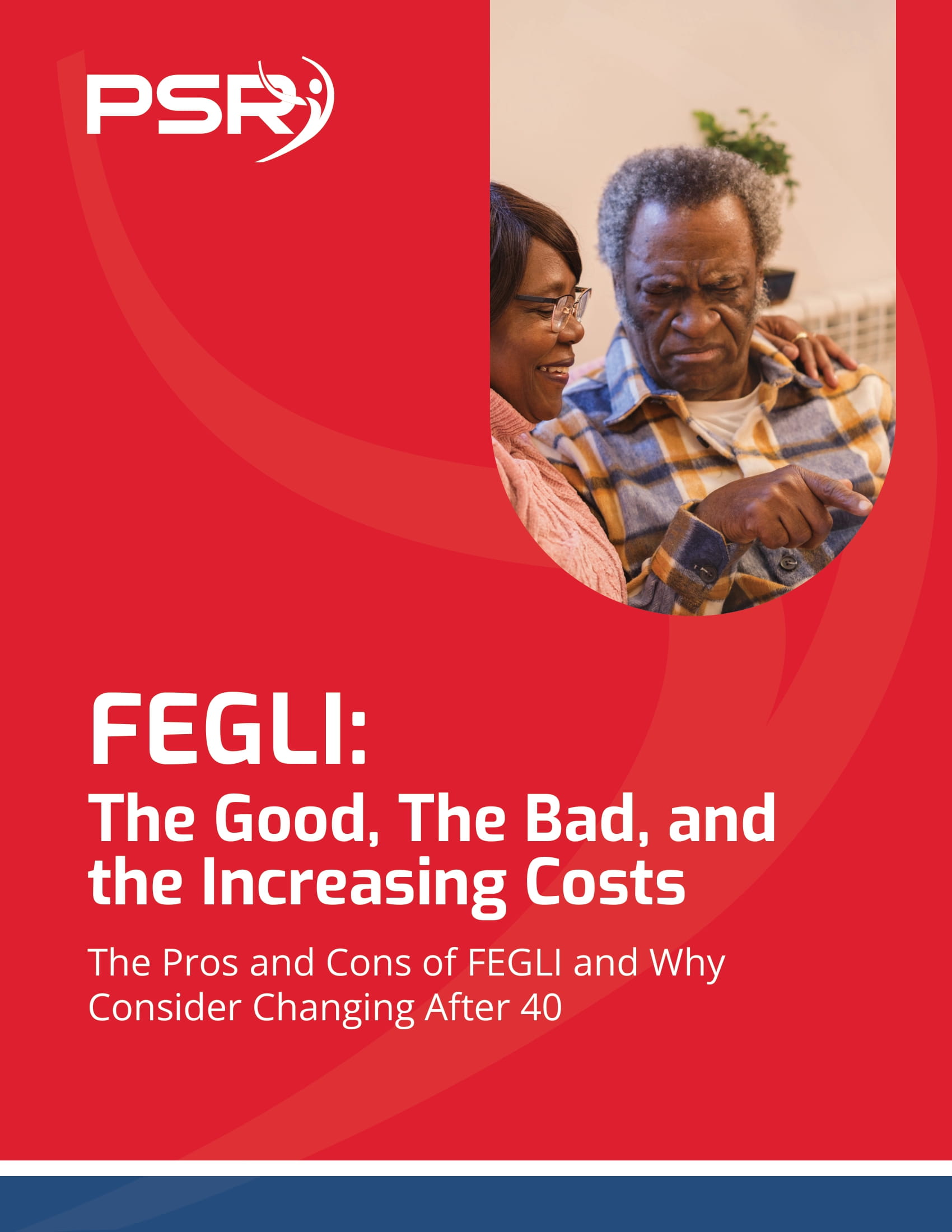Key Takeaways
-
Keeping your FEHB coverage into retirement can be one of the smartest moves you make for long-term financial and health security.
-
You must meet strict eligibility rules and carefully time your decisions to maximize the lifetime value of your FEHB benefits.
Why FEHB Stands Out Among Retirement Benefits
- Also Read: Choosing the Wrong Survivor Benefits Could Wreck Your Spouse’s Financial Future
- Also Read: CSRS Pensions Are Still Paying Out Big—But Not Without a Few New Twists in 2025
- Also Read: The Big Changes Coming to Government Employee Benefits—and What They Could Mean for You
In 2025, this advantage is more important than ever. Healthcare costs are soaring, but FEHB premiums are still partially subsidized by the government, covering about 70% of your total premium. That kind of support is hard to find elsewhere.
Eligibility Rules You Must Satisfy
To keep your FEHB coverage into retirement, you need to satisfy two main conditions:
-
Five-Year Rule: You must be enrolled in FEHB for the five years immediately before your retirement date.
-
Immediate Retirement: You must be eligible for and actually retire with an immediate annuity.
If you miss either of these conditions, you could lose your eligibility to continue FEHB permanently.
There are some exceptions for those who were covered under TRICARE, but generally, you need to be enrolled in FEHB yourself, not just covered as a family member.
How Premiums Work in Retirement
One of the most attractive features of FEHB in retirement is that the government continues to pay the same share of your premium as it did while you were working. You pay your portion monthly, usually through deductions from your annuity.
As of 2025:
-
Premiums typically rise a little each year, but government contributions soften the impact.
-
You can change your plan every year during Open Season, which typically runs from November to December.
-
You still have access to the full range of plans, whether you are working or retired.
Understanding this framework lets you confidently plan your healthcare costs over the long term.
Medicare and FEHB: How They Fit Together
At age 65, you become eligible for Medicare. This can create confusion about how FEHB and Medicare coordinate.
Here’s what you need to know in 2025:
-
Part A (hospital insurance) is usually premium-free if you worked enough quarters and it complements FEHB well. Most retirees enroll.
-
Part B (medical insurance) requires a monthly premium ($185 in 2025) and is optional, but highly recommended if you want to reduce out-of-pocket costs.
-
Many FEHB plans waive deductibles, coinsurance, and copays when combined with Medicare Part B.
If you don’t enroll in Part B, FEHB remains your primary insurer. However, without Part B, you may face higher out-of-pocket costs for services FEHB does not fully cover.
Survivor Benefits and FEHB
Another important element of FEHB in retirement is how it ties into survivor benefits. If you want your spouse or eligible family member to continue FEHB after your death, you must:
-
Elect a survivor annuity when you retire.
-
Ensure that your survivor is covered under your FEHB plan at the time of your death.
Failing to meet these conditions could leave your loved ones without affordable health insurance.
Key Mistakes That Jeopardize FEHB in Retirement
Several preventable mistakes could threaten your ability to keep FEHB in retirement:
-
Canceling Coverage Before Retirement: If you cancel FEHB while still working, you cannot reenroll after you retire.
-
Not Enrolling in Time: If you’re under a spouse’s FEHB plan and get divorced, you must enroll on your own within 60 days.
-
Failing to Elect a Survivor Benefit: Without it, your surviving spouse could lose their FEHB coverage.
You must handle these details carefully — once you retire, many decisions cannot be undone.
Cost Planning: Why FEHB Makes Sense Financially
Given the escalating costs of healthcare, continuing FEHB coverage in retirement can shield you from:
-
Sharp premium increases that are common in private insurance plans.
-
The full burden of high deductibles and copayments.
-
The risk of being uninsured during a major health crisis.
When you compare FEHB costs to buying a private health insurance policy, the savings often run into the thousands annually.
In addition, access to a wide network of providers and extensive plan choices gives you the flexibility to match your health needs as they evolve with age.
Open Season: Your Annual Opportunity to Optimize
Even in retirement, you’re not locked into the same FEHB plan forever. Every year, from November to December, you can:
-
Switch to a different FEHB plan.
-
Change your enrollment type (Self Only, Self Plus One, or Self and Family).
-
Drop coverage if you choose (although you should think very carefully before doing this, as reenrollment later is usually not allowed).
This flexibility allows you to adjust to changing health needs, family dynamics, or financial situations.
Health Reimbursement and High Deductible Plans
Some FEHB plans offer high-deductible health plans (HDHPs) with a Health Reimbursement Arrangement (HRA) for retirees who are not eligible for a Health Savings Account (HSA).
These options are often overlooked but could be beneficial if you are in good health and want to manage costs carefully. Just remember:
-
HDHPs generally work best when you have low annual healthcare usage.
-
You need to review how your plan integrates with Medicare if you are eligible.
How Retirement Status Affects FEHB Coverage
When you retire, your status changes from “employee” to “annuitant,” but your right to FEHB coverage continues — with some administrative changes:
-
Premiums are deducted from your annuity.
-
Changes must be made through OPM instead of your employing agency.
-
If your annuity is too small to cover your premiums, you will be billed directly.
Keeping track of these administrative details ensures there is no disruption in your health coverage.
Keeping FEHB Even Without Medicare
If you decide not to enroll in Medicare Part B at age 65, your FEHB plan will remain your primary insurance.
This option can be suitable if:
-
You have a tight budget and cannot afford Medicare premiums.
-
You have specific providers that are in your FEHB network but might not accept Medicare.
-
You have a comprehensive FEHB plan that covers most of your medical needs.
However, you must be prepared for potential higher out-of-pocket costs, especially for specialist services and durable medical equipment.
Final Thoughts: Securing Your FEHB Future
FEHB stands out as one of the strongest pillars of your retirement security. Unlike pensions and Social Security, healthcare costs can escalate unpredictably. Having continuous, affordable, and high-quality coverage through FEHB is a crucial advantage that too many retirees underestimate.
If you plan correctly, meet the eligibility rules, and carefully coordinate FEHB with Medicare when the time comes, you can lock in a significant amount of stability for the future.
For personalized help reviewing your FEHB options, adjusting coverage during Open Season, or coordinating FEHB with Medicare, you are encouraged to contact a licensed professional listed on this website.








